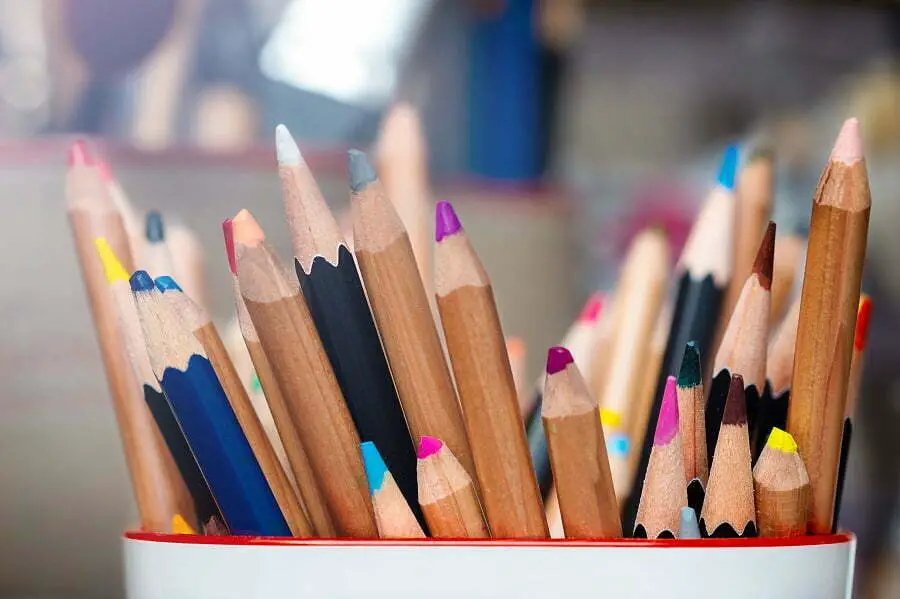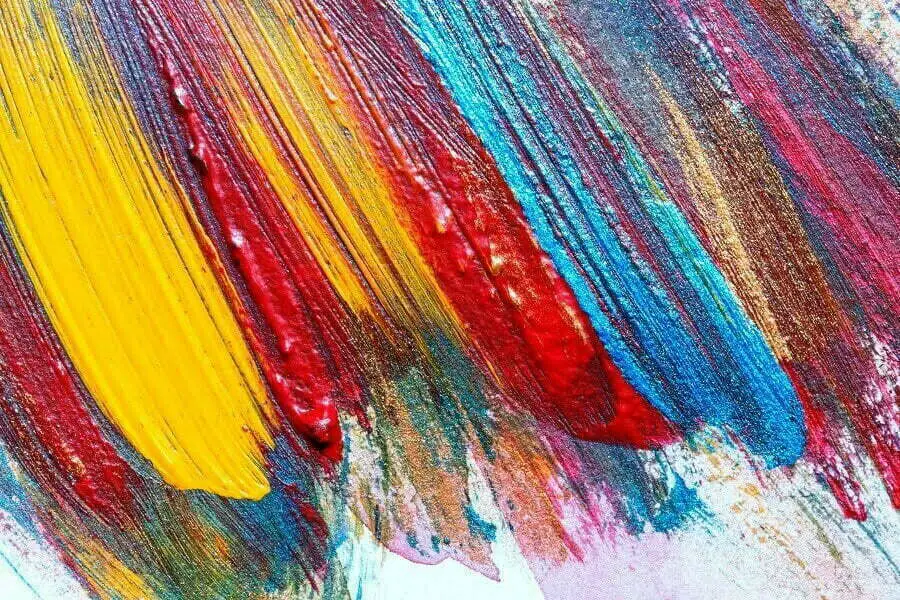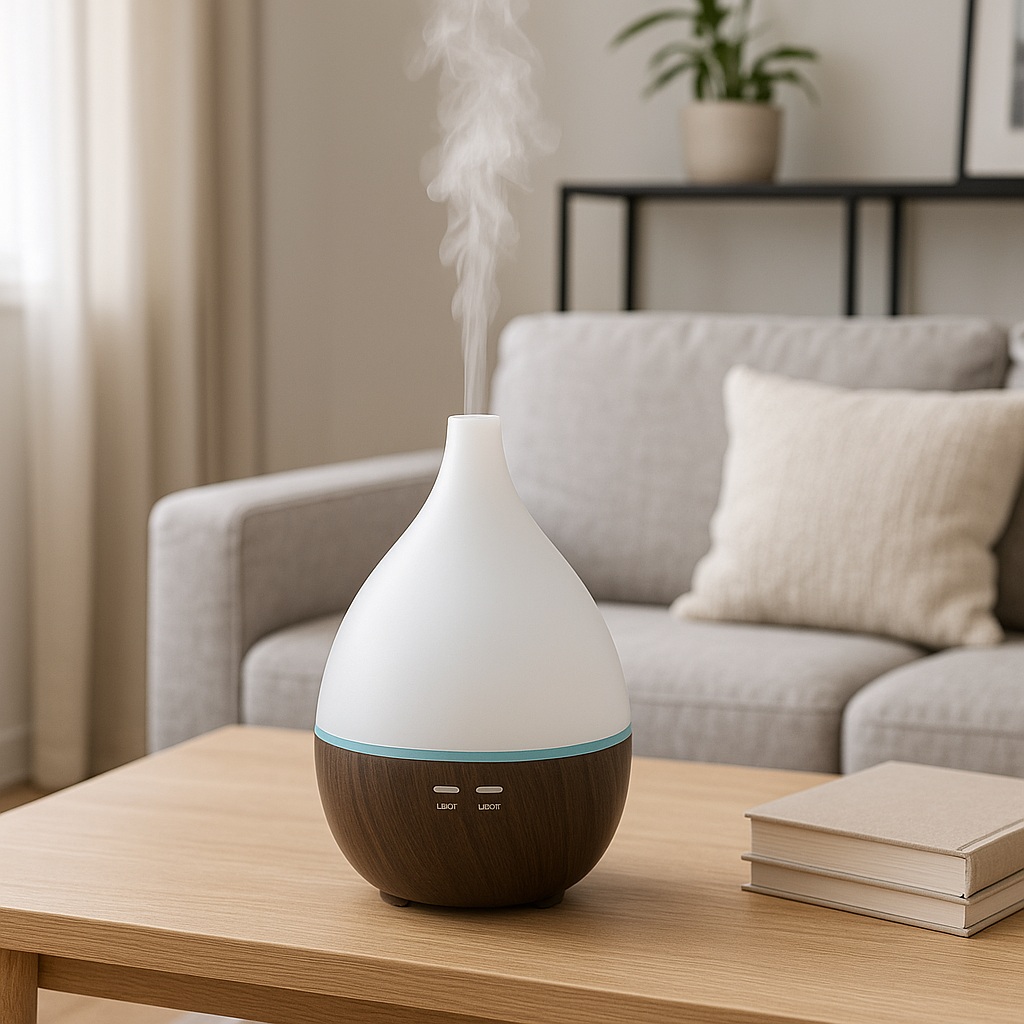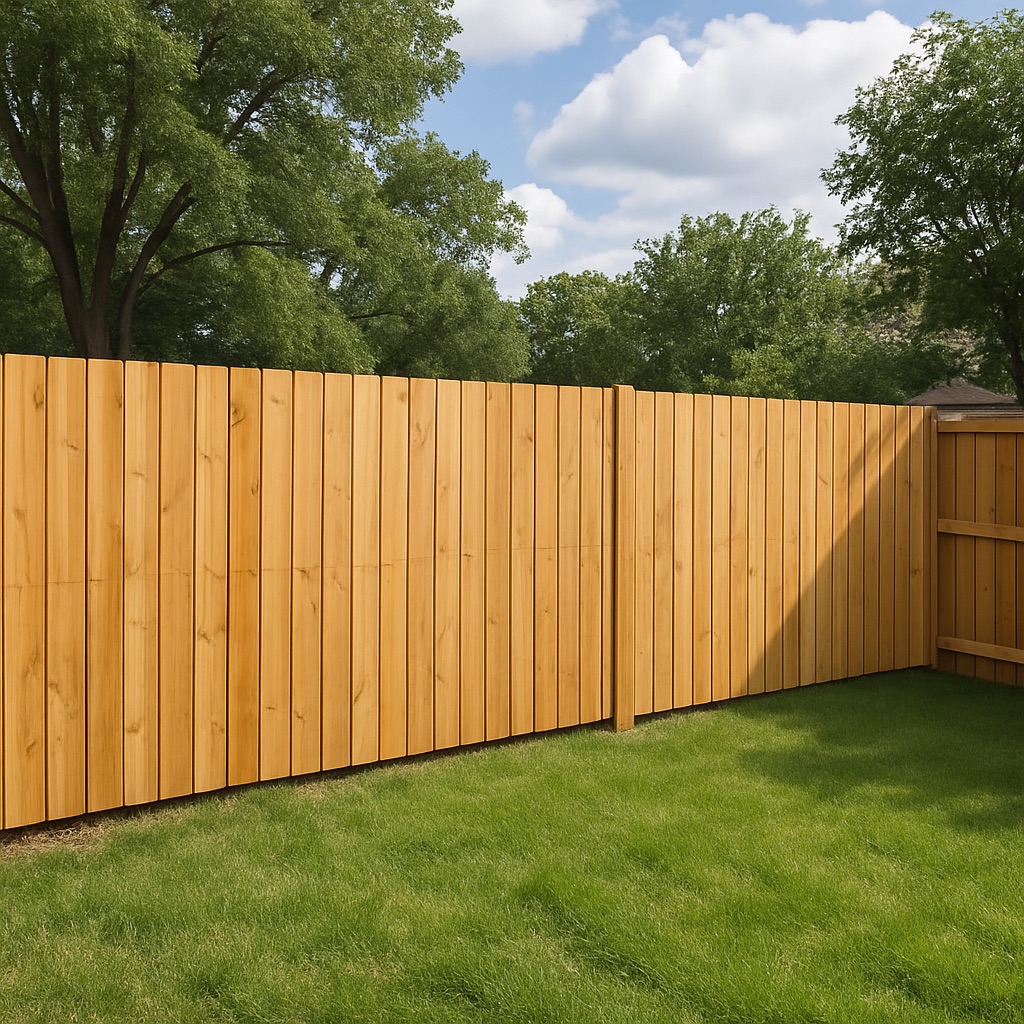Last updated on
There are many aspects of art to choose among and it mostly deals with your perception of art and artworks. Art is the universal language of the soul and it is a breakthrough towards a better understanding of the individual. However, art is a personal matter and is all about personal preferences when it comes to techniques and is a field with constant room for improvement.
When it comes to techniques, they are numerous since there are combinations of the basic ones and the creation of something new every day, all together with the accessories used for their creation and preservation. It is not only about creating artworks, but its preservation as well, and this is done with proper scanners and frames.
Without further ado, here are some painting accessories that will help you with upgrading the visual impact of your artwork.
Table of Contents
Right Pencils and Markers

Working with the right materials is essential for creating artwork, but this does not necessarily mean that you need to spend loads of money on buying crayons and markers. It is approved by numerous artists that wax-based pencils are better pigmented and leave better-colored traces.
Artists usually use more than a single brand of coloring pencils, the ones that are opaque in color and have a creamy structure, and the ones made of harder and thinner wax used for fine lines and details. But, let us discuss it in detail.
The first group of pencils have a creamy structure, have a softer core, and therefore repel water; these pencils are used only at the end of the painting process, to fix if there are any mistakes and to add some final touches.
The second group of pencils are made of harder wax and are thinner in structure so that they are ideal for clean lines and detailed emphasis. In contrast to creamy pencils, the ones made of the harder wax are water-soluble and work great with acrylic washes. These are amazing for achieving sharper lines and deeper structures like the human earlobe.
On the other hand, markers are also quite popular amongst artists nowadays, and they are used in combinations with various techniques. They are ideal for creating soft, water-based aesthetics, and making unique color palettes.
When talking about markers, there are two main types to be distinguished- alcohol-based markers and water-based markers. According to Ohuhu brush pens reviews, alcohol-based markers are preferred because of their formulation which is more vivid, vibrant, and rich in structure when applied.
Alcohol-based markers are quick-drying so that smudges are minimalized. In contrast to these, water-based markers use a water mixture in their pens but have equally bright and beautiful colors. However, these are ideal for coloring books, journals, etc. They will not bleed through paper, but will definitely affect softer papers, especially if put in multiple layers.
Iridescent Embellishment

If you want to move your artwork to another dimension, then it is high time to start using iridescent embellishments. These will not only give your artwork a new layer of structure and texture but will increase its aesthetics, and make them more complex. These are accessories that will make the artwork distinctive and will add a new layer of authentic notes.
For instance, transferable golden leaves are amazing for making your artwork stand out and give them luxurious touches, and golden leaves are not the only available patterns on the market. Some pro tips you need to consider before applying any embellishments are to add a matte medium to your painting. This will act as a protective layer. Some mediums are oil-based so it would be smart to add enamel with a pipette and make sure you leave it until 48h; that is enough time for it to get dry.
Glazes

Working with acrylics can be a daunting job especially if you are new to painting. The first rule of painting is to learn how to glaze your paintings. The regular painting consists of 50 to 80 glazes of acrylics applied by the different techniques. By overlying layers on top, the value is darkened and the form is created. There are also some methods to be used like a wet-to-wet method for defining soft edges, and the wet-on-dry method for crisp edges and finer details.
There are numerous accessories that you can use to upgrade your artwork like the ones previously explained. They do not demand full proficiency, just some imagination, and skills to deepen the structure and add a bit of texture that will make the artwork stand out. These will help you improve your techniques and add some unique features to your paintings.




